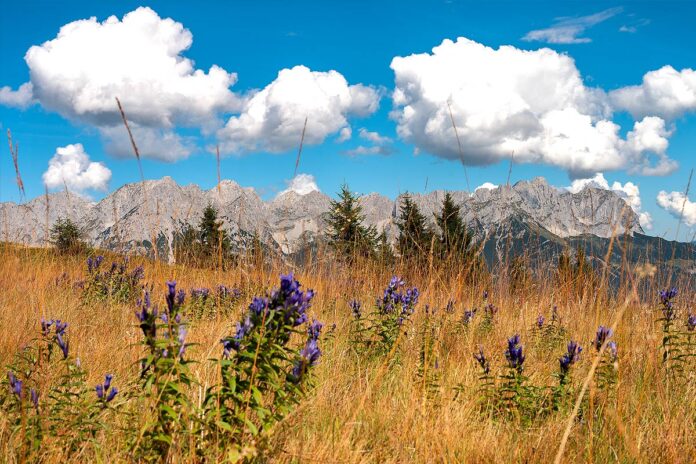In Austria – more precisely in Tyrol – stretches the Kaisergebirge, the best-known mountain range of the Eastern Alps, extending for some 20 kilometres. It consists of two striking chains, the Wilder Kaiser (literally ‘Wild Emperor’) and the Zahmer Kaiser (‘Tame Emperor’). On the southern side, at the foot of the Wilder Kaiser, the four villages of Going, Ellmau, Scheffau and Söll offer authentic slow tourism and living tradition.
What do Cupid, the Roman god of love, and vineyard snails have in common? Exactly – both shoot arrows. While Cupid’s arrows strike hearts to ignite the flame of love, the love dart of the snail plays an important role in mating – and can even cause injury. Quirky facts like these, and many other fascinating stories, are told by Simone Embacher just before she fries and serves the molluscs. But more on that later.
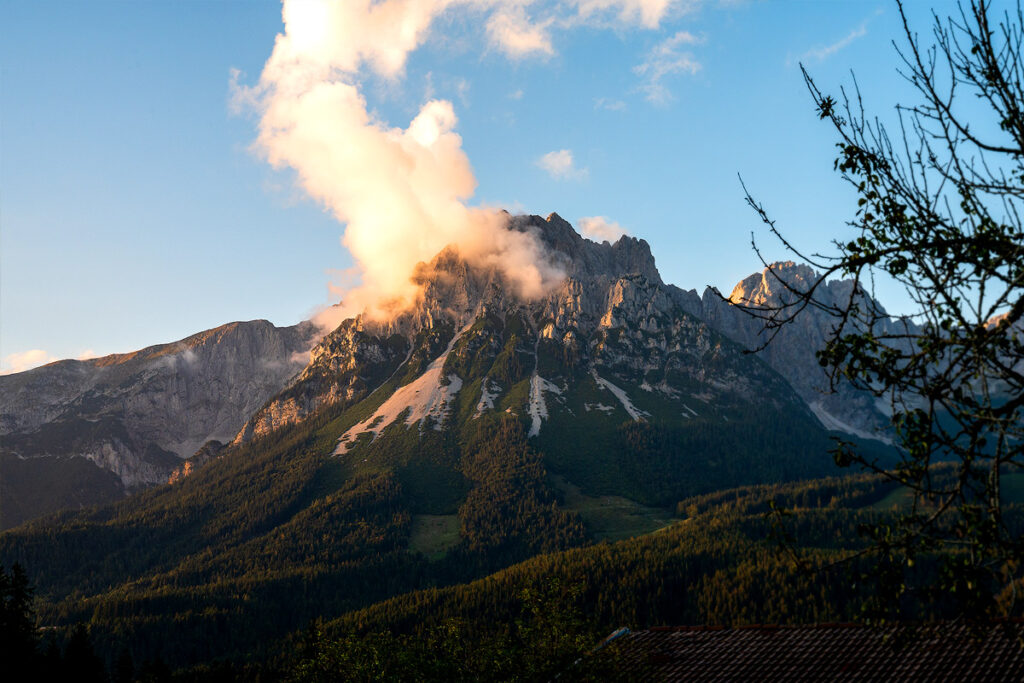
A year-round experience
The Kaisergebirge in Austrian Tyrol, despite its SkiWelt Brixental – one of the largest and most modern ski areas in the world – is by no means merely a winter highlight. In summer too, the impressive massif shines with a wealth of activities. Its 40 peaks attract both mountaineers and hikers year after year. The development of climbing equipment even has its origins here. Untouched nature, fresh air and welcoming hosts – a visit to the four Kaiser villages of Ellmau, Going, Scheffau and Söll offers everything one could wish for. Gentle mobility and sustainability are given more emphasis here than almost anywhere else. The area is easy to explore by bicycle – even easier by e-bike.
Ice Age moorlands
“Did you know that all animals living in the moorlands are considered ‘specialists’, as the moors are ‘too acidic’ for most species to survive?” explains Silvana Beer, a moor guide in the Ramsar conservation area, which spans the communities of Kufstein, Scheffau, Ellmau, Going, St. Johann and Kirchdorf. Pure nature, including forest bathing, is part of the experience. Unusually, participants on the moor tour are asked to take off their sturdy hiking boots and explore the wetlands with all their senses. Taken together, the Wilder Kaiser region, with the Kaisergebirge nature reserve and the Ramsar site, provides an ideal habitat for a wide range of flora and fauna.
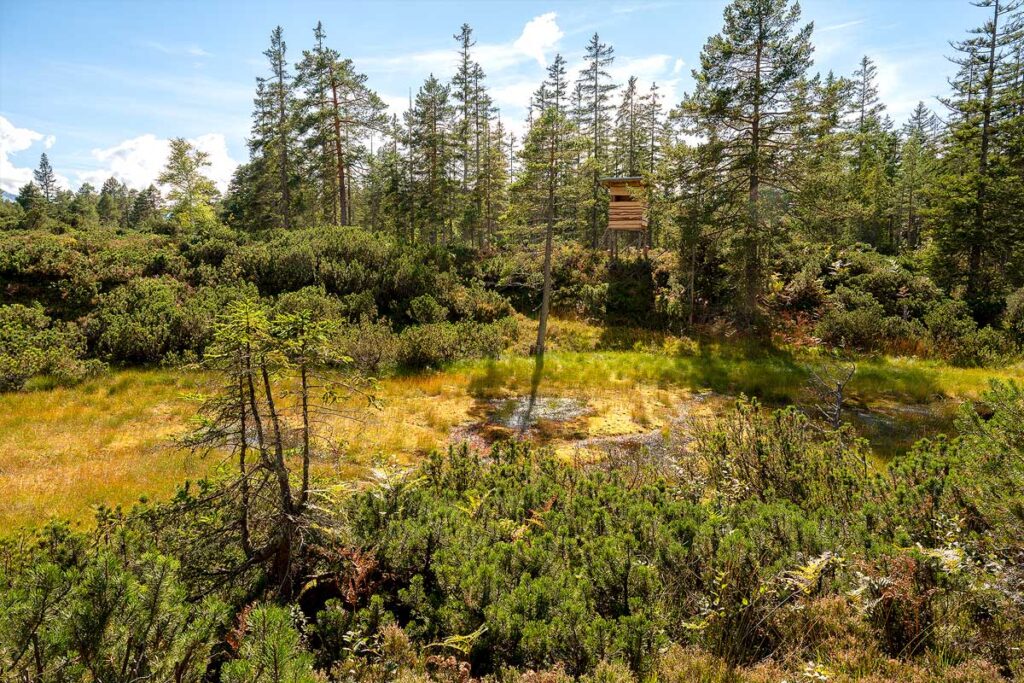
Tyrol’s first snail farm
In 2018, Simone began breeding vineyard snails. “With more than 50,000 animals, I probably run the largest farm in all Tyrol,” she says with a smile. The desire for greater sustainability in Tyrolean gastronomy set the idea rolling. Surrounding restaurants and supermarkets supply the farm with leftover food – mostly lettuce or vegetables. The Kaiser snails are then delivered back to the restaurants. A perfect cycle. In Austria, snails are not considered an exclusive delicacy for fine dining, but an old foodstuff also prepared at home. They are healthy, low in calories and rich in nutrients. A visit is well worth it – with a tasting in breathtaking surroundings overlooking the Wilder Kaiser, accompanied by a glass of wine.
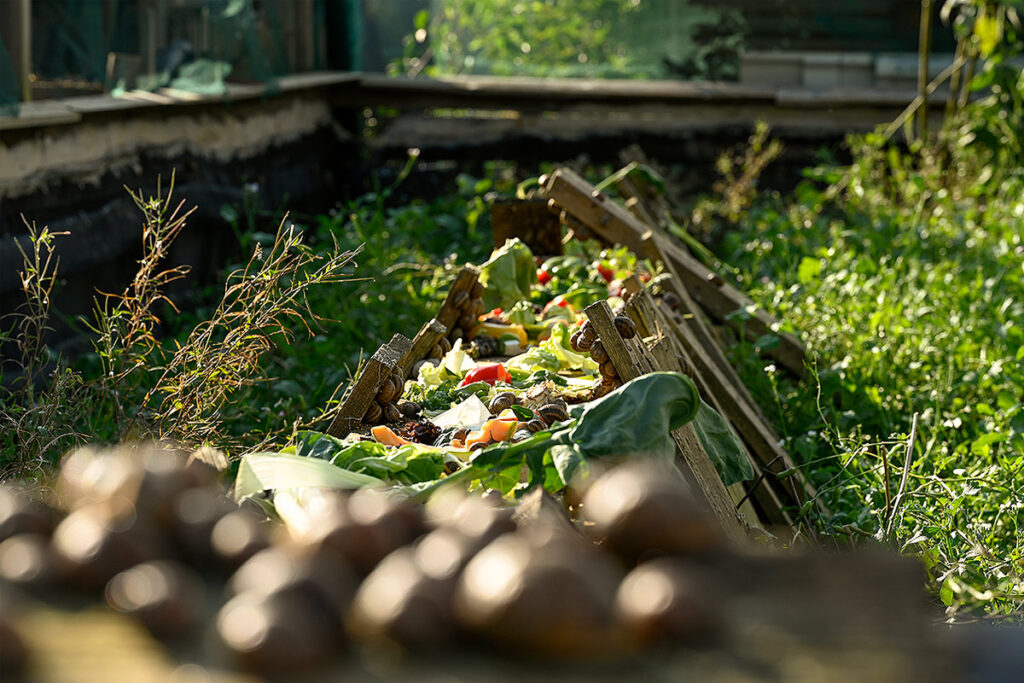

For sceptics: I myself, who had never eaten a snail before – and had never intended to – was pleasantly surprised and can highly recommend giving it a try. Incidentally, for those curious: on the way to the farm, one passes the Hinterschnabel farm, the filming location of Dr Martin Gruber’s surgery, better known as ‘Der Bergdoktor’ from the ZDF television series of the same name.
A different kind of farm
Since 2014, Maria Schmidt and her husband Harald Stoiber have run a unique farm in Going – a so-called conservation farm. The focus here is on biodiversity: not only are existing habitats preserved, but new ones are created to encourage the greatest possible variety of species. Flower meadows for wild bees and native butterflies are mown only late in the year. Over 1,000 hedgerows planted especially for birds provide additional shelter. In addition, the farm serves as a retirement home for animals that are too old or no longer of use in farming, where they can enjoy a peaceful twilight of life. Maria Schmidt’s Artenreich conservation farm perfectly embodies the sustainable philosophy of the Wilder Kaiser region.

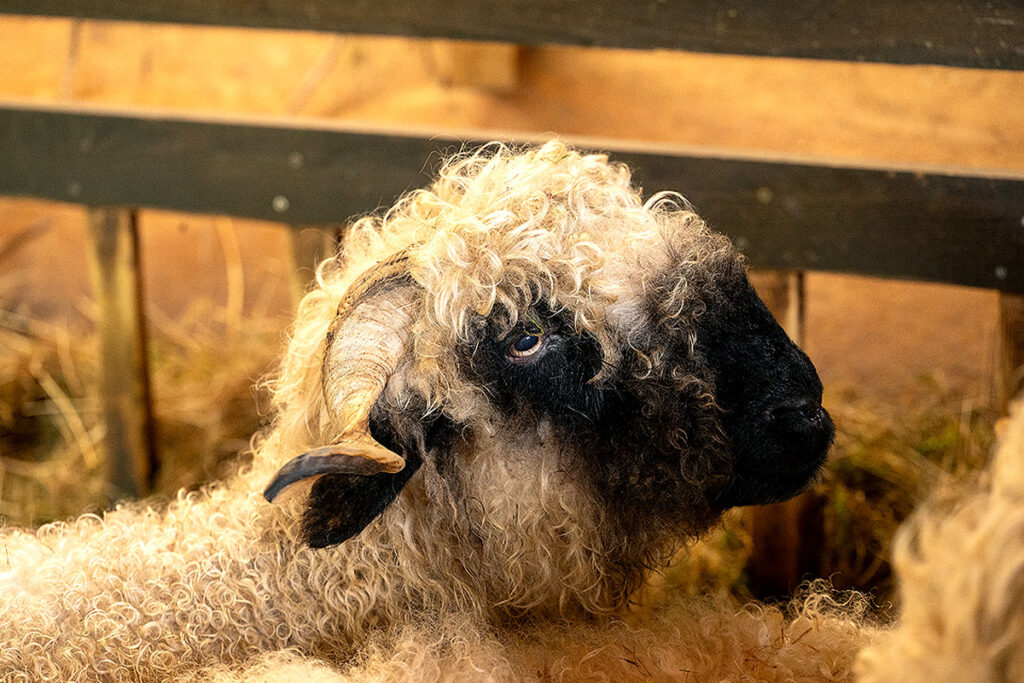
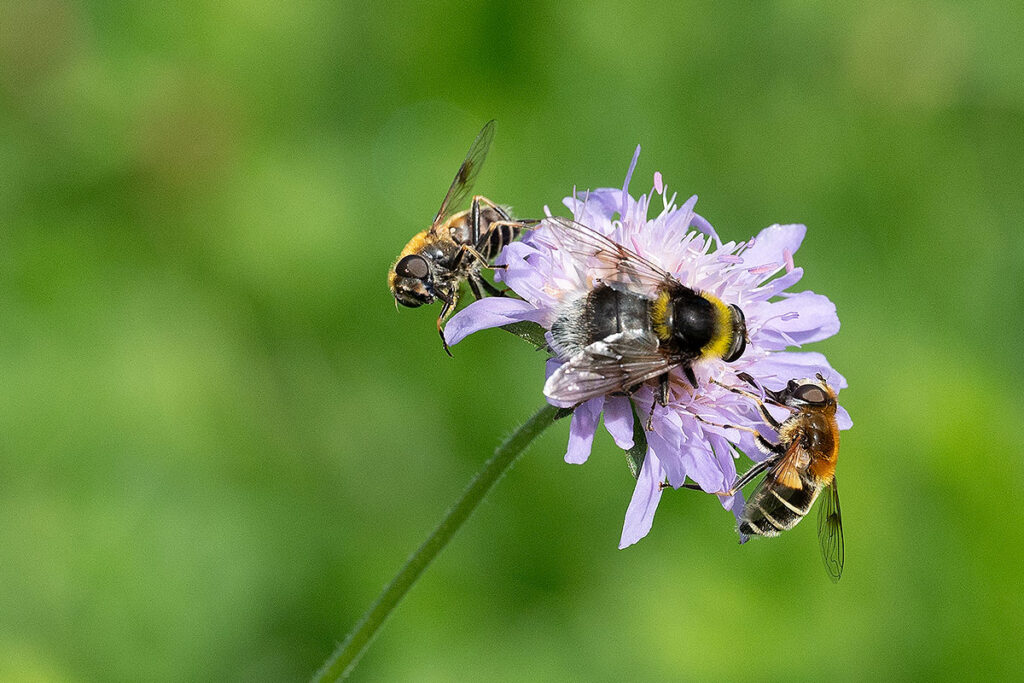
Culinary diversity
Anyone who thinks only of Kaiserschmarrn or Tyrolean dumplings is very much mistaken. Whether cheese, meat or schnapps – the key word here is ‘regional’. After a beautiful hike, one can enjoy a delicious breakfast at the Au Hochalm at 1,600 metres. Here, Johanna Horngacher offers her guests only the finest. At the Jägerwirt in Scheffau, fine dining meets traditional fare. From saddle of venison with cranberry-chocolate red cabbage to original Brixental ‘Brinzn’ cheese spätzle, there is something for everyone. Even Tina Turner once dined here. Naturally, Simone’s Kaiser snails, prepared in a variety of ways, appear on almost every menu. Whether peak-baggers or gourmets, nature lovers or connoisseurs – the Wilder Kaiser region offers the right experience for everyone. Here, tradition, pleasure and adventure come together in a unique way.
Definitely do
On warm summer days, it is well worth making a detour to one of the region’s four bathing lakes. Hintersteiner See, the highest of them, captivates with breathtaking views and its turquoise, though rather cool, waters – perfect for a refreshing dip after a long hike. Thanks to the lake bus, this natural jewel is easily reached with no great effort.
Better not
Excursions in the Kaisergebirge should not be underestimated. Demanding tours often include rope-secured sections or easier climbing passages. Many routes on the Wilder Kaiser require not only technical skill but also alpine experience and excellent fitness. Hikers with little mountain experience should seek out thorough information and choose easier routes.
Insider tip
A visit to the many organic farms is highly recommended. At the Pfitscherhof in Ellmau, Anett and Thomas Niedermühlbichler welcome their guests with fresh, untreated organic milk and explain why all their cows are allowed to keep their horns. These not only act as a natural air-conditioning system for the animals, but also help bind toxins, which improves the quality of the milk.
Photos: Marc Dostert

